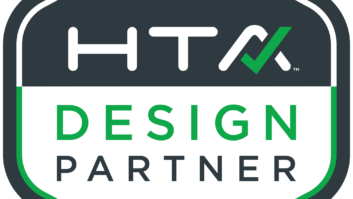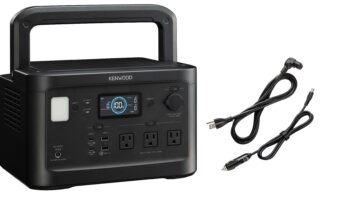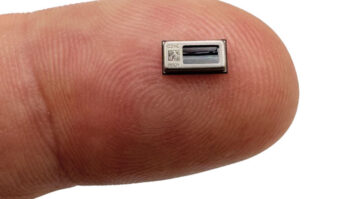Upon my recent return from this year’s CES show in Las Vegas, I was able to confirm a trend that I touched upon about a month ago – that LCD TV remains the dominant technology for the near term in both consumer and business to business applications.
If you were at the show, you no doubt noticed that the floor had an ample representation of OLED (organic light emitting diode) technology, which carries a “wow” factor due to its ultra slim form factor and impressive picture quality touting high brightness and color saturation. OLED technology uses organic luminescent material in red, green and blue colors. One of the primary issues that have always existed with this technology is that the life (in hours) of these three materials is not common and is also more limited than the legacy flat panel technologies of LCD and Plasma.
Additionally, the yields for OLED are much more difficult to achieve today for mainstream TV screen sizes (32-inches and up). Based on this low manufacturing yield coupled with the limited and inconsistent lifetime of luminescent material, OLED as we know it today is considered to be largely developmental and will be represented by product carrying a significant premium over LCD and Plasma.
Aside from OLED, there are other display technologies that seem to be well suited for some niche and/or new categories but are still not where LCD technology is today. While at CES, I had the privilege of attending and speaking on a panel with 3M, E Ink, Mitsubishi and Corning about next generation display solutions.
The panel discussed several new pico projectors that are well suited for the professional market, as these tiny projectors can fit into the pocket of a traveling professional for presentations on the road. Another technology discussed on the panel is being utilized in “e-books”. This technology is also used on malleable surfaces and in the creation of actual “e-newspapers”. The e-books represent a viable business model but there are very few applications for this that are mainstream, and the challenges of color reproduction / saturation and motion make this impossible for mass consumption today.
We also discussed a new laser technology which has been deployed in a new line of rear projection TVs. These are what I believe to be the thinnest rear projection TV’s ever developed, however they are still at least twice the depth of the thickest LCD TVs. The performance specifications for color reproduction are impressive, but again, it is a thick TV living in a thin TV’s world.
The forecasted projections this year for pico projectors and E Ink products do not measure up to LCD TV. In fact, in 2009, Sharp’s industry forecast for LCD TV is 25-27 million units, 3.5 million units of plasma and 0.5 million units of rear projection TV. OLED sales are not large enough to count in terms of unit volume and won’t be for a few years unless there is a dramatic near-term change in the manufacturing process behind the technology.
We are told that the manufacturing process for OLED and LCD is 80 percent similar and if the time is ever right for OLED, it is realistic to think that a company such as Sharp could retrofit a factory(s) and begin mass production of OLED. This is a technology that we as a company feel may eventually be viable and it is a technology that we are pursuing from an R&D standpoint so that we are prepared if this becomes a mainstream solution.
As for now, we are confident in LCD technology, as it continues to evolve with new innovations and efficient production, with advancements still to come in the future.
Bruce Tripido, Sharp’s Associate Vice President, Marketing – Entertainment Products Division













